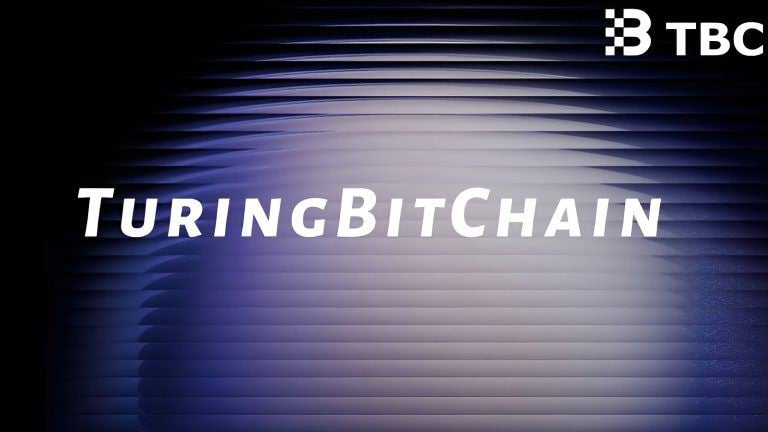5 programming languages to learn for AI development
4 min read
Programming languages are important because they are the tools that developers use to create software, applications, and websites. Different programming languages have their own syntax, structure, and functionality, making them suited for specific tasks and projects. Learning and understanding programming languages is essential for developers to write efficient and effective code, as well as to collaborate with other developers on projects.
Here are five programming languages to learn for AI development.
Python
Python is a popular choice for artificial intelligence (AI) development due to its simplicity, readability and versatility. It has a vast collection of libraries and frameworks for machine learning, natural language processing and data analysis, including TensorFlow, Keras, PyTorch, Scikit-learn and NLTK.
With the help of these tools, one can create and train neural networks, work with massive data sets, interpret natural language and much more. Also, Python is a well-liked language for AI research and education, and there are numerous online tutorials and courses available for people who want to get started with AI development thanks to its user-friendliness and community support.
Related: Top 10 most famous computer programmers of all time
Lisp
Lisp is a programming language that was created in the late 1950s, making it one of the oldest programming languages still in use today. Lisp is known for its unique syntax and its powerful support for functional programming.
Since it was used to create some of the earliest AI systems, Lisp has traditionally had a significant impact on the area of AI. Lisp is a good choice for AI research and development because it supports symbolic computation and can handle code as data.
Despite the fact that Lisp is not used as frequently as some of the other languages discussed previously in the development of AI, it nevertheless maintains a devoted following among AI experts. The expressiveness and complexity-handling capabilities of Lisp are valued by many AI researchers and developers. Common Lisp Artificial Intelligence (CLAI) and Portable Standard Lisp (PSL) are two well-known AI frameworks and libraries that are implemented in Lisp.
CLAI and PSL are both Lisp-based artificial intelligence frameworks, with CLAI focusing on expert systems and PSL providing a portable implementation of the Common Lisp programming language.
Lisp is the Metallica of the programming world
— Stephen Bolton (@skbolton) April 4, 2023
Java
Java is a general-purpose programming language that is often used in the development of large-scale enterprise AI applications. Because of Java’s reputation for security, dependability and scalability, it is frequently used to create sophisticated AI systems that must manage vast volumes of data.
Deeplearning4j, Weka and Java-ML are just a few of the libraries and frameworks for AI development available in Java. With the help of these tools, you may create and train neural networks, process data, and work with machine learning algorithms.
Moreover, Java is a well-liked alternative for creating AI apps that operate across several devices or in distributed contexts because of its platform freedom and support for distributed computing. Due to Java’s acceptance in enterprise development, a sizable Java developer community and a wealth of materials are accessible to those wishing to begin AI development in Java.
Related: Top 11 most influential women in tech history
C++
While developing AI, C++ is a high-performance programming language that is frequently utilized, especially when creating algorithms and models that must be quick and effective. Because of its well-known low-level hardware control, C++ is frequently used to create AI systems that need precise control over memory and processor resources.
TensorFlow, Caffe and MXNet are just a few of the libraries and frameworks for AI development available in C++. With the help of these tools, you may create and train neural networks, process data, and work with machine learning algorithms.
C++ is also popular in the gaming industry, where it is used to build real-time game engines and graphics libraries. This experience has translated into the development of AI applications that require real-time processing, such as autonomous vehicles or robotics.
Although C++ can be more difficult to learn than some other languages, its power and speed make it a popular choice for building high-performance AI systems.
Do you know?
The name of C++ signifies the evolutionary nature of the changes from C. “++” is the C increment operator#cplusplus #coding #CodeNewbie #learntocode #programming #100DaysOfCode #codinglife
— C++ Programming (@CProgramming1) August 12, 2022
R
R is a programming language and software environment for statistical computing and graphics. R is widely used in the field of AI development, particularly for statistical modeling and data analysis. R is a popular choice for developing and examining machine learning models because of its strong support for statistical analysis and visualization.
Caret, mlr and h2o are just a few of the libraries and frameworks available in R for developing AI. Building and training neural networks, using machine learning methods, and processing data are all made possible by these technologies.
In the academic world, where research and data analysis are common, R is also well-liked. Researchers who want to carry out sophisticated data analyses or create prediction models frequently use it because of its user-friendly interface and strong statistical analytical capabilities.
Which programming language is used in DApp development?
Blockchain technology has emerged as a disruptive force across a wide range of industries, from finance to healthcare to supply chain management. As a result, there is growing demand for developers with expertise in blockchain programming languages.
Solidity is one of the most popular programming languages for creating smart contracts on the Ethereum blockchain, while JavaScript is frequently used to create decentralized applications (DApps). Python is a flexible language that is used for a variety of blockchain-related tasks, from designing analytics platforms to creating smart contracts, whereas Go and C++ are popular alternatives for creating high-performance blockchain systems.
It is conceivable that new programming languages may develop in response to the needs of developers working in this fascinating and quickly expanding subject as the blockchain environment continues to change.






